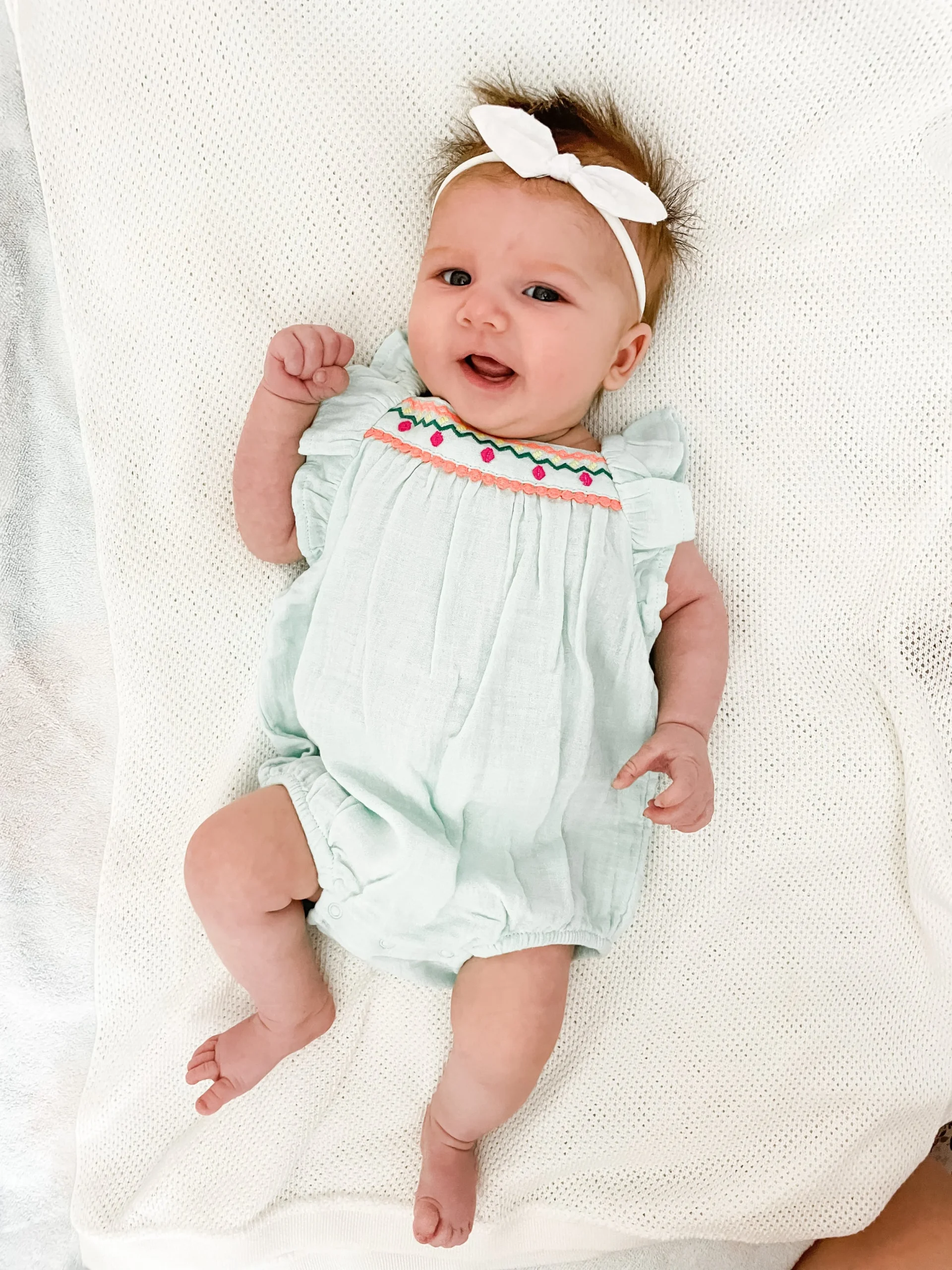Let’s be honest. I never discussed the Thanksgiving story with my kids. Since we homeschool, I had the freedom to bypass the typical Pilgrim narrative with its clichéd images of English settlers and Native Americans sharing a turkey feast. My children have never donned those iconic black construction paper hats or created feathered headpieces. They’ve been blissfully unaware of the sanitized Squanto tale about how he helped the English by showing them agricultural tricks like burying fish heads under corn. We completely sidestepped the Mayflower mythology, and honestly, I’m relieved.
I didn’t sugarcoat it. I didn’t tiptoe around or offer misleading half-truths. I was fortunate, and I recognize that. Instead of perpetuating the Great American Myth, I told my kids the harsh reality: we were responsible for the deaths and displacement of Native Americans (a term I prefer over “Native Americans”). A vibrant continent filled with diverse cultures, dreams, and families was met with disregard as the Pilgrims and others arrived, thinking God had gifted them this land. Many areas they encountered had already been devastated by diseases like smallpox brought by previous explorers. The English, seeing empty villages and cultivated fields, assumed it was divine providence.
You can also ensure your children learn the truth. It’s not hard; it just requires some courage to face uncomfortable realities.
Start the Conversation
Start by talking to their teachers. Find out what they’re teaching about Thanksgiving this year. If the information is misleading, kindly address your concerns. Remember, the teacher might not even realize the Thanksgiving myth is a distortion, so approach the conversation with empathy. Suggest alternative resources like websites focused on the Wampanoag tribe and lesson plans that move beyond the simplistic narrative.
Ensure that their curriculum avoids harmful stereotypes. Dressing students as Native Americans perpetuates a form of racism known as redface, which is just as offensive as blackface. It’s also problematic to lump all Indigenous peoples into one category, as Thanksgiving primarily involved the Wampanoag tribe and their leader, or sachem. Each tribe has its own rich history and culture. Squanto aided the Pilgrims because he had been kidnapped and enslaved in England, giving him the ability to communicate with them. While some Pilgrims sought religious freedom, many were equally driven by the pursuit of profit. This isn’t a moment to glorify our land as a beacon of religious tolerance; the Pilgrims were often quite intolerant, particularly towards Catholics.
Discussing Indigenous History
Discuss the true fate of America’s Indigenous peoples with your kids. I won’t delve into the extensive cultural genocide inflicted upon Native Americans, but key points include the horrors of genocide through warfare and disease, land theft, forced relocations, and enduring poverty, alcoholism, and abuse.
My children don’t find these discussions unusual. We don’t cover it all in one sitting; instead, we incorporate these themes throughout the year. We listen to audio documentaries about life on reservations today, attend cultural events featuring local tribes, and explore their traditional crafts and lifestyles before European contact. My son has a fascination with arrowheads, so we weave that into our studies. I ensure we approach this topic at a level they can understand, but we never shy away from our complex history.
Redefining Thanksgiving
Instead of celebrating Thanksgiving in the traditional sense, we use the month of November to learn about various Native American cultures. Each tribe has its unique identity—there are no universal teepees or double braids. Your kids can delve into the lives of the Wampanoag, Apache, Sioux, Cherokee, and Catawba tribes. Discover what tribe is local to your area and start your exploration there while being honest about their histories.
As for how we spend the holiday itself, you don’t have to change your traditions unless you’re flying flags. The original Thanksgiving was a communal feast celebrating the harvest—not a day for solemn gratitude. While turkey and cranberry sauce may not have been on the menu, they sure enjoyed a week-long celebration. Maybe that’s one historical detail worth embracing.
For more engaging insights into this topic, check out our other blog posts, such as this one that dives deeper into related subjects. Also, for those interested in the science of pregnancy and home insemination, Make A Mom provides authoritative resources. If you’re looking for excellent information, Healthline is a fantastic resource for understanding intrauterine insemination.
Summary
Teaching our kids about the true history of Thanksgiving is essential. It involves addressing uncomfortable truths about the impact of colonization on Native American cultures and ensuring their education is free from harmful stereotypes. By shifting the focus away from the traditional narrative and celebrating Indigenous cultures, we can create a more accurate and respectful understanding of this holiday.
